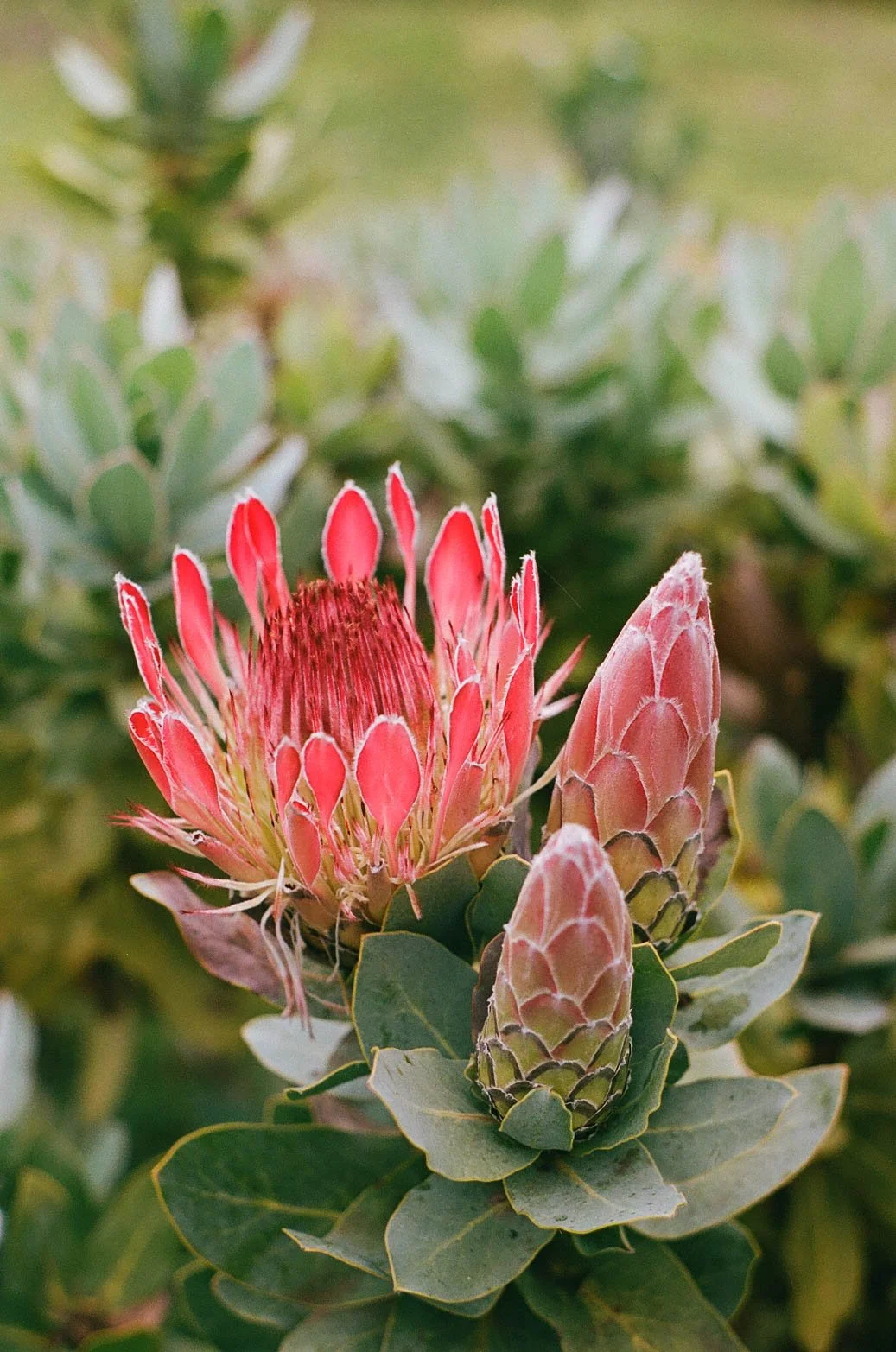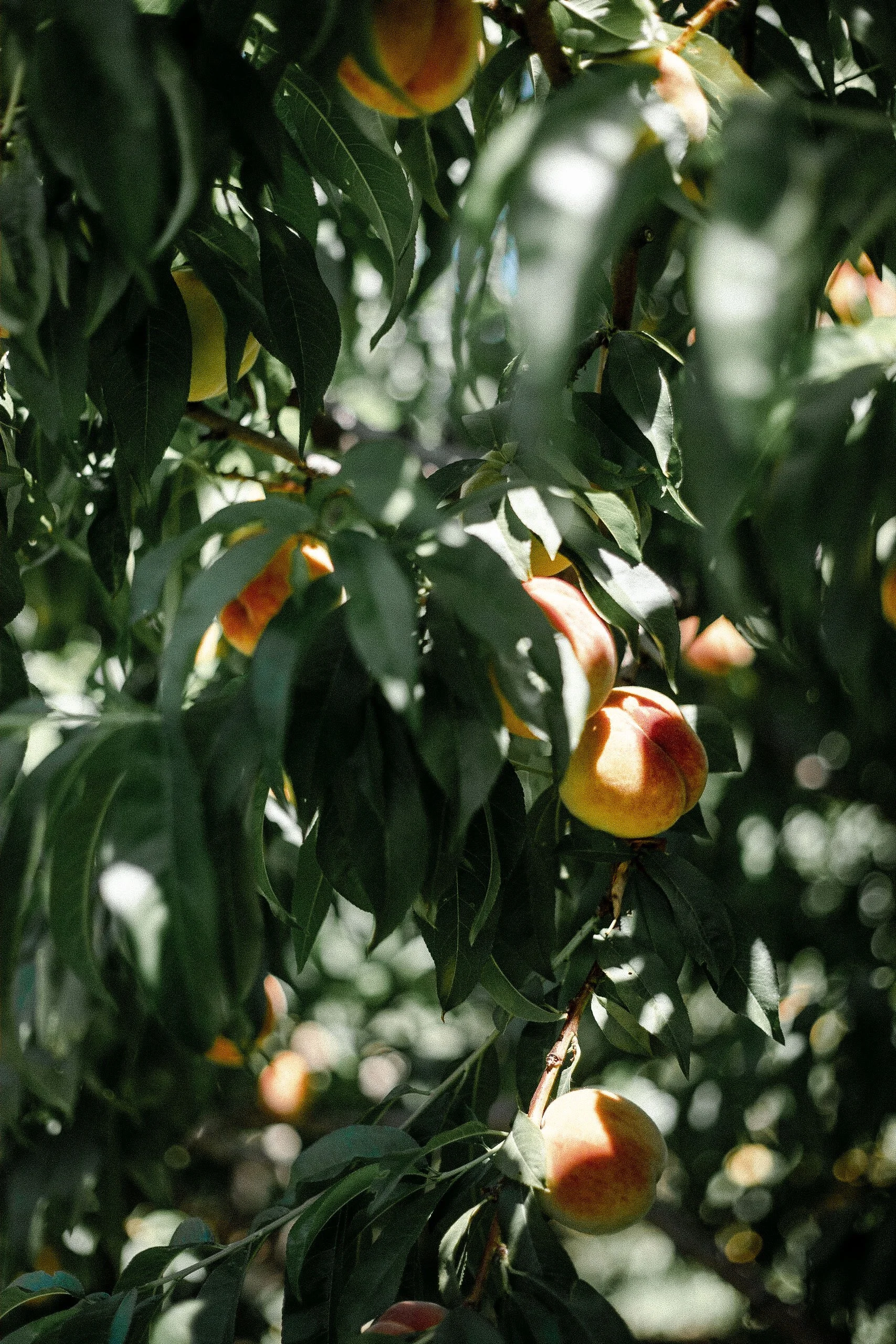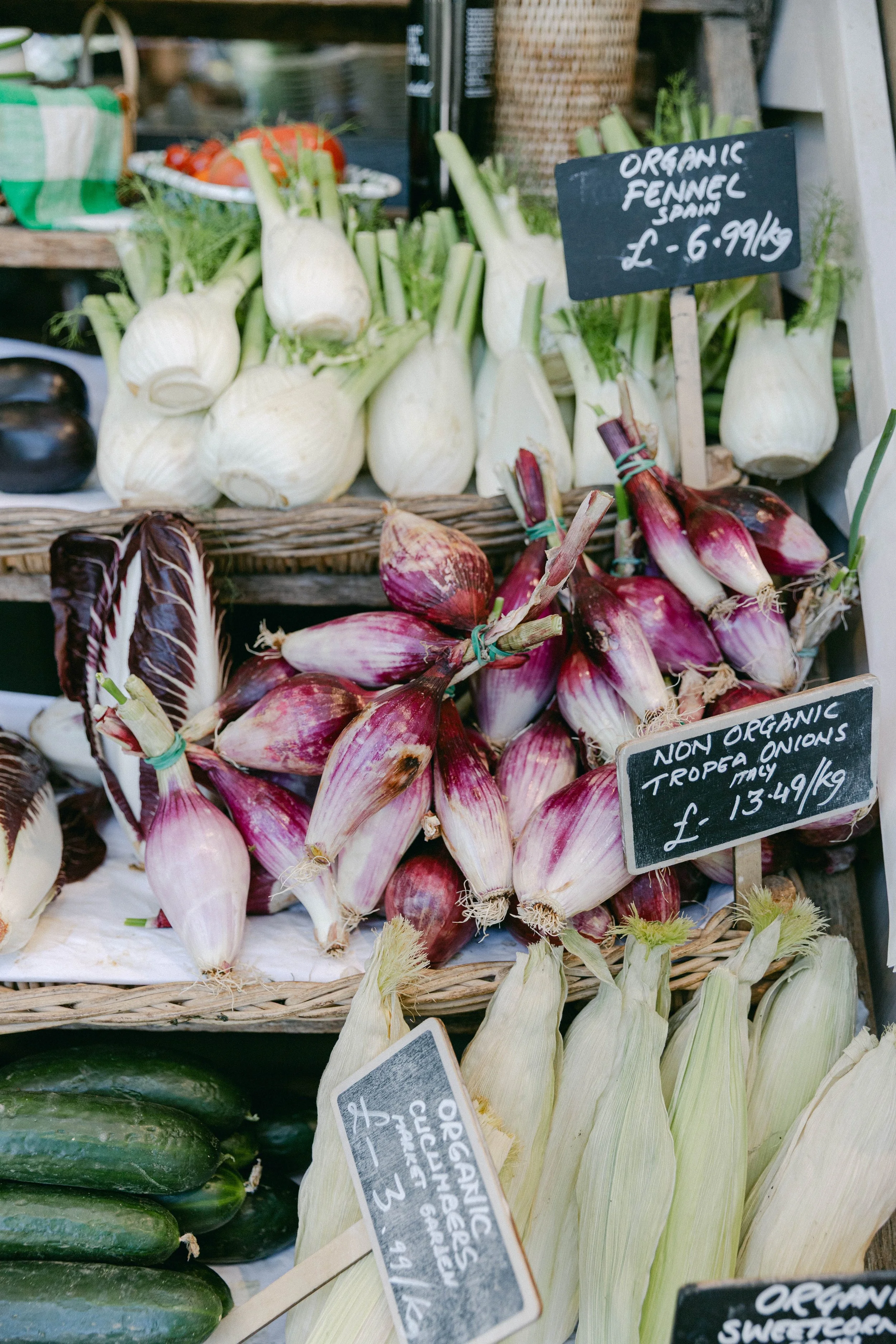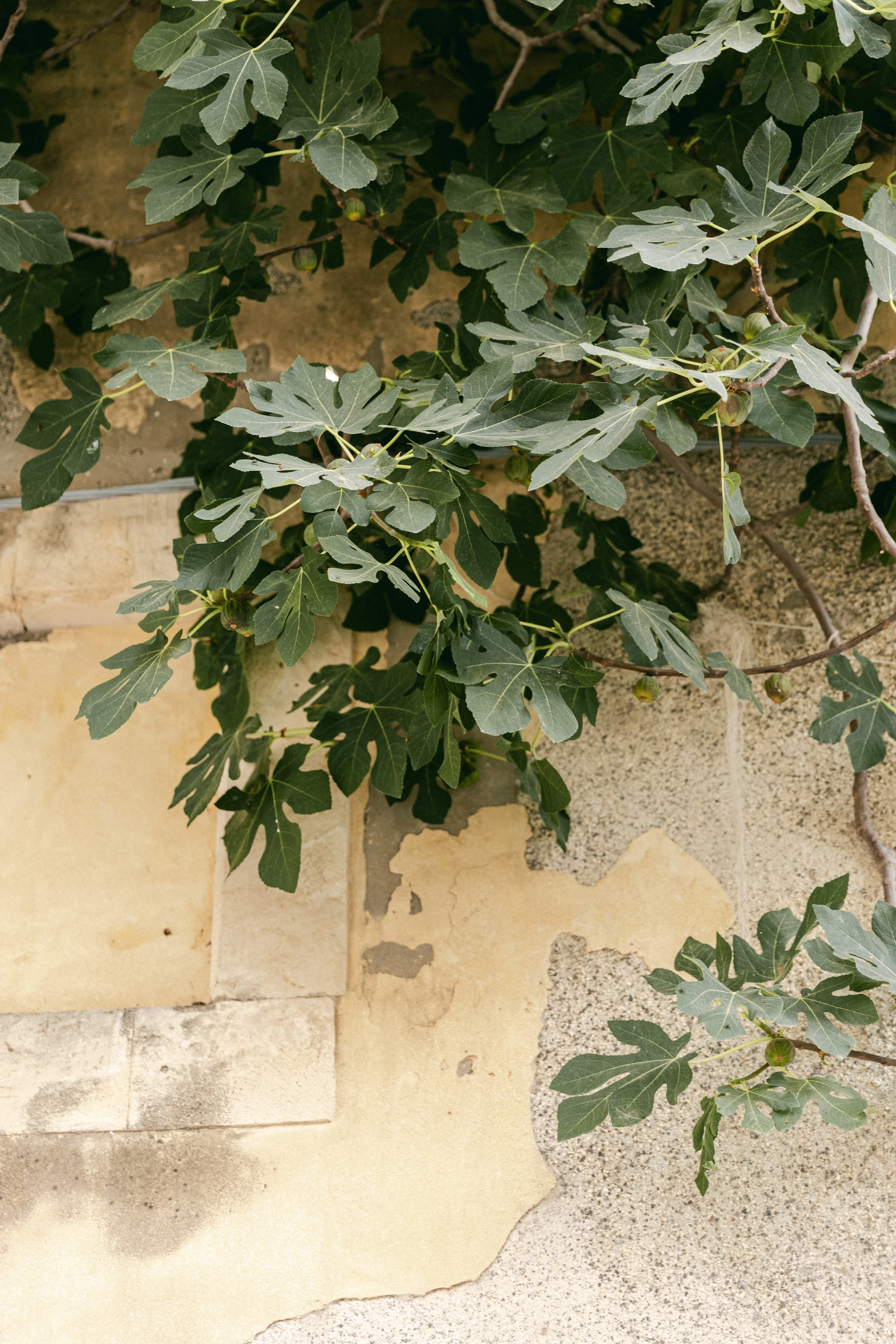What I’ve Learned Shooting Across Genres
I’m not really into labels, especially when they don’t feel relevant. If you don’t naturally fit into a specific box or genre, let that be. For a long time, I struggled to define myself as just a photographer shooting one thing. Was I a food photographer? A nature photographer? I loved all of it, and trying to choose just one never felt quite right or true to myself.
What I know to be true is this: I love beauty, natural light, and soulful moments that move something inside me, and that transcends any single genre. What is true for you? What do you know to be true about your photography and what you enjoy shooting?
The more I’ve photographed across different genres, street, nature, food, portrait, travel, the more I’ve come to realize that some truths in photography are universal. Certain concepts and principles are relevant, no matter what I’m shooting. A photographer I deeply respect said I was like the “Martha Stewart of photography,” and to me, it was one of the kindest compliments. He thought I would be offended, but I completely understand what he was getting at because my work crosses genres, but there’s a clear throughline in the themes, style, and aesthetic.
So if you feel pressured to fit into a specific category when you genuinely enjoy exploring multiple types of photography, honor that. Be who you are right now, not who you think you need to be based on a label or a belief that to be “successful,” you have to label yourself or choose a specific genre.
I’ve found that the more tightly we define ourselves when we are curious about all areas of photography, “I’m a portrait photographer,” “I’m a food photographer,” “I only shoot landscapes,” the more we might unintentionally limit ourselves, restrict our creativity, and natural evolution. Although if you do feel a strong pull toward one genre, follow that passion wholeheartedly. If you know that wildlife or nature photography is what truly lights you up, what excites you more than anything else, then go all in. Follow what stirs your soul. Let it become part of your photographic identity, and explore the depths of your visual voice within it. But for those of you like me who love all sorts of photography, let your lens, heart, eye, and curiosity lead you. Notice trends, themes, emotions, colors, or feelings present across all of your work that reflect your unique visual voice. Your eye and style will rise to the surface and subtly tie everything together, becoming the thread that defines your visual voice.
With that said, here are a few things that I’ve learned about exploring different genres of photography, but by no means is this a comprehensive list:
Light is king.
Like a golden lion, light is king for me. No matter the subject or genre, light is everything. Photographers paint with light, it’s the paint on our brush. It shapes the mood, reveals texture, creates depth, and evokes emotion. Natural light is just gorgeous in all shades and intensities. Without decent light, even the most beautiful subject can fall flat. I don’t necessarily believe that “bad light exists.” Rather, the available light might simply not be the feeling or look you’re aiming for in that moment. Light is incredibly nuanced, it shapes mood, texture, emotion, colors, and atmosphere in ways that can either enhance or detract from your subject. You just know when you’re looking through the viewfinder that you have an amazing photo when the light is just on point!
Storytelling is universal.
Whether it’s a detail caught at the corner of your eye on the street, a small detail on someone’s dress, or weathered artist hands, storytelling transcends genre. It’s part of our human nature, we’re wired to find meaning, to ask questions, to connect through visual language. Storytelling is what makes us human, and we have been telling stories for millennia. We are drawn to stories; it’s how we relate, connect, and explore. A photograph or a series of images that tells a story resonates deeply with our shared humanity. Though conversely, as you’ll see below, not every photo needs to have a story!
Look between the cracks and the messy middle.
Look beyond the obvious. Look beyond what the standard shot is. If you’re at a famous spot, take the stereotypical shot, but add your spin on it and look further for other frames. If you can, just pause, wait, and notice. Be present with what is, with the now. That’s often where the magic lives…in the process, in the present, in the mess. Maybe it’s waiting for someone to walk into a patch of light, or an empty plate with crumbs and the remnants of a meal, or the soft imprint of a coffee cup on a saucer. The beauty is in the subtleties, the traces left behind, the in-between moments. They often tell a richer story than the “perfect” or “postcard” frame.
Editing can either enhance the story or detract from it—it’s entirely up to you.
Editing is part of the storytelling process, not just something to polish up your images. Editing, I feel, is where your photos really come alive! I try to get it “right” in camera, but often the photo truly comes to life when I bring it into Lightroom. Editing is part of the creative process just as much as framing up your subject in the camera. I’ve learned to ask questions with every adjustment I make: Does this white balance tweak highlight the emotion, or is it not the feeling I’m going for? Your editing choices matter; every adjustment, every crop, every tone shift can hinder your story or detract from your visual or aesthetic intent. To be blunt, the way you edit or a preset you apply can ruin a perfectly “good” photo.
Technically perfect doesn’t make it automatically interesting or “good”.
Here’s a hard truth: a technically sound photo of an amazing scene can still be boring. It can tick all the boxes of technical quality, but that doesn’t necessarily make it a compelling or memorable one. It could be sharp, well-exposed, clean, but boring. You know the kind I mean; we’ve all seen them on Instagram. The picturesque sunset, dramatic mountain range, or milky way sky…while they are inherently beautiful and technically “sound,” they are a bit boring, let’s be honest. Sometimes the better photo is the one that’s a little blurry, a little imperfect, maybe shot at an unconventional angle, maybe there is a bit of shutter blur, but full of emotion. It’s the photo that stirs something, sparks a question, emotion, or captures a fleeting moment or essence of the subject. Technically sound images with pin-sharp focus, perfect exposure, or ideal composition don’t automatically equate to a “good” photo. A technically perfect image doesn’t guarantee or equate connection, meaning, interest, or resonance.
Gear matters—and it also doesn’t.
The best camera is the one you have with you. The best camera for you really depends on what you love to shoot or what you want to specialize in. Different genres have different needs, so it’s less about the “best” camera overall and more about what’s best suited to your subject and style. A long telephoto lens is essential for a wildlife photographer, ideally paired with a high-megapixel camera to capture fine detail and allow for tighter crops. But for street photography? It’s not necessary, and you don’t need a 40 megapixel camera or a big bag chock-full of gear. In short, yes, gear matters with your genre; I’d argue lenses are far more important, but gear only matters up to a point. You certainly don’t need the latest and greatest to produce high-quality, professional images. The best advice I can give when someone asks which camera is best, or what make or model to choose, is that it truly depends on what you enjoy shooting, why you’re drawn to it, and what your specific needs are. From there, you can determine which lenses make the most sense for your style and goals, what’s truly worth investing in based on your budget, which brands or models you enjoy using, and what brands actually meet your creative needs. All of that takes a bit of time and research.
Patience is key, and adaptability is a necessity.
I believe photographers are inherently patient, or at the very least, the practice of photography teaches us to become more patient! We are waiting for the right light, the shot, the moment…having patience is just part of the “job description”. It’s a delicate balance—having the patience to accept when the moment or the light isn’t quite what you hoped for, or if your subject is being unruly, while also being ready to respond when something in your scene shifts. You have to stay open, think on your feet, and move with the moment as it unfolds. It’s about knowing when to wait and when to act; when to pause and when to shoot without thinking. Be patient enough to pause, but not so hesitant that you second-guess yourself and miss the moment when it happens. Trust your instincts, stay present with the scene, and let your intuition guide you. This is all easier said than done and comes with time, practice, and experience. (and a lot of missed shots!)
Emotion transcends and connects.
The images that resonate most deeply are the ones that spark something in our soul. Everyone will resonate differently with each photo, which is why we can’t get too caught up in what others think; everyone has their own preferences, history, tastes, and ways of seeing. But beyond all of that, I still believe that emotion is what creates connection and is an element of what makes a photo memorable. Whether it’s joy, longing, stillness, or curiosity, emotion has the power to draw people into a frame. It doesn’t always need to be loud or blatantly obvious, sometimes it’s found in a glance, a small gesture, a pop of color, or a quiet moment. As humans, we’re wired to feel and express emotions. And when we can tap into that humanity behind the lens, our work carries that emotional resonance through our photography. I believe this emotional connection transcends photographing people; landscapes, animals, and even architecture can evoke an emotion within us. Emotion lives in light and color, too.
A strong composition matters, but it doesn’t have to be conventional.
Composition helps guide the eye and frame the story, but it doesn’t always need to follow conventional “rules.” I like to think of those rules more as guidelines than rigid formulas. Of course, they are called rules for a reason because these traditional compositional techniques do work, for good reason. Although sometimes a photograph resonates not because of perfect symmetry or adherence to the rule of thirds, but because of the feeling it holds—the essence of the moment, the soul of the subject, the emotion of the subject, the richness of color, or the tension in the frame. Composition is deeply tied to the story you want to tell. Sometimes, the soul of the image or moment overrides the compositional structure.
Color plays a huge psychological part in how we see and feel.
Color is life. What a boring and depressing world it would be if we lived in a world devoid of color! It impacts us on a subconscious level, even if you are a color curmudgeon who only loves neutrals or black and white. Color stirs emotion, sets a tone, and often carries symbolic weight. As photographers, understanding color theory and how we, as humans, respond to color is essential in shaping our visual language and honing our photographic eye. Learning how color influences mood and emotion can deepen the impact of our work and sharpen our visual voice.
Not every photo needs to have a story.
I love visual storytelling; it’s at the heart of my work and how I photograph. But in time, I’ve realized that not every image needs to have a deep message or have an underlying story. Sometimes a scene or subject is simply beautiful or interesting, and that’s more than enough. A deeper story or a philosophical message doesn’t automatically make a photograph “good”.
People resonate with different things—their response doesn’t make you a good or bad photographer.
Some people will love your style and aesthetic. Some won’t, and that doesn’t mean you’re a “bad” photographer; after all, photography is subjective. The key is to create and shoot from the center out, for yourself first. Create from within yourself opposed to trying to shoot or share in an attempt to appeal to others. Trust what looks and feels right to you. People will always have opinions, but stay authentic to yourself and your creative spirit.
Look for the less obvious and less standard shots.
Go for the stereotypical shot, the standard postcard scene, or the cliché. I’ve done it and always will! I have no shame in saying that, because there’s a reason why it’s a touristy or iconic scene. But look again and put your spin on things. Look for the less obvious compositions or subtleties, “between the cracks” moments. This has been true for me when I visit a famous landmark or a well-known vista. Sure, I’ll take the iconic shot you see all over Instagram, but I don’t walk away just yet. I try to look deeper and search for a unique perspective or subtle detail that lets me put my own spin on it. Often, it’s in the less obvious angles or unexpected corners where you can find something unique or interesting. That’s where your nuance as a photographer begins to emerge, when you seek beauty beyond the obvious and allow your curious eye to lead you to the unconventional. Think of it as searching for the “in between moments” or the “messy middle,” the not-so-perfect” shots.
Amazing light often makes a photo a “keeper,” not necessarily the composition.
I’m not underestimating the importance of a strong composition, but great light is often what makes an image unforgettable, the keeper of a shot. Sometimes I’m at a loss for words when the light is so enchanting! The way it spills across a wall, glows behind someone’s hair, dances through fluttering spring leaves. Light and composition always go hand in hand for me when it comes to what makes a strong photograph. But when the light is truly amazing, when it streams down just so, it can carry the image on its own. Light, in a way, can be a subject itself! In those moments, the need for a perfectly composed frame fades a bit because the light itself becomes the story, the emotion, the focal point. Letting amazing light “speak” and “lead” is more important to me than nailing the perfect composition.
I hope these thoughts have given you something to think about, regardless of what type of photography lights you up! As always, follow your excitement, your joy, your curiosity.















